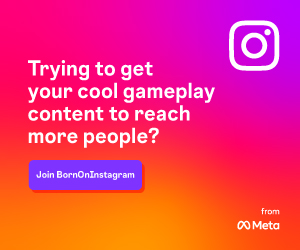Future Education:Tab as Textbook
Expensive private schools took to them a while ago, but the tablet is now making digital inroads into smaller schools, government vidyalayas, and even model anganwadis. But sceptics are not yet ready to write off paper
Do the students of the Muslim Educational Society (MES) International School at Pattambi in north Kerala miss the joys of opening a stiff new notebook? The pleasures of slitting open uncut textbook pages? In their second year of using tablets as the school-given replacement to text- and notebooks, the thrill of summoning a new pixelated page is still fresh, and such losses are not yet felt.
The phenomenon of the ‘tablet as textbook’ is gradually gaining school ground, and although it has covered only a handful of the 1.5 million schools in India, its proponents are selling it as the ‘paperless’ future of education.
Redeemed from the 5-kg backpack, 800 7th to 12th graders at MES go to school armed only with a 720g tablet and a few notebooks. Another 800 middle schoolers are set to join their ramrod ranks next year. The Rs 19,000 tabs given to them (with EMI options) are preloaded with dictionaries and curriculum-specific course material that’s animated, hyperlinked and interactive. Within school premises, students latch on to the institution’s secure intranet and at home, have controlled access to the web from where they download NCERT textbooks in PDF.
The shift to tablets and apps not only marks a shift in pedagogical practice, but also an evolution in learning behaviour. Says Navaneeth Shashikumar, a tenth grader at MES: “The audio-visual material is easy to comprehend. For example if we are learning about the functioning of the heart in biology, we can access references outside the syllabus on the tab.” He adds that 2-D textbook diagrams now come alive with depth and movement. “We can highlight important sections in the text and refer to them later. Difficult words are easy to look up in the embedded dictionary. Revision is also easier as the day’s lessons can be recalled with a click.”
Manufactured by ConveGenius, a Noida-based edutainment startup, the Rs 6,000 CGSlate, sponsored by the local zilla parishads, has helped children aged 3-5 years grasp the fundaments of Hindi, English, Maths and personal care through reward-based interactive games, songs and rhymes. Amita Singh, the anganwaadi supervisor of the villages of Nagalwadi, Bijorigumai and Khirsadoh, says the pre-primary section’s strength rose from 12 to 28 after the tabs entered class – word got around the village that ‘computers’ were being used to teach children.
Companies like ConveGenius are following Ola’s modus operandi and aggregating content from third-party content creators. Kulshrestha, who developes his own content, says, “By curating online resources, we take a child exactly where she needs to go for supplementary information so she doesn’t have to hunt the Internet for it. On the other hand, free online resources like Khan Academy are West-centric.”
Another cautionary voice comes from Navneet Publications, whos77++++++++++++e stationary, reference guides and prep tests have long been part of education. They too have entered the digital fray with eSense, a subsidiary that provides ebooks of its print portfolio as well as pre-filled tablets, but its MD Sunil Gala is not writing off paper just yet. “Not everyone in education is convinced of its comparative benefits,” he says, adding that no school that claims to be ‘paperless’ is actually 100% paper-free because some amount of writing, geometry and drawing will always be done by hand. Exams, after all, are handwritten.
This year, Navneet supplied tablets to 15 government-aided Marathi-medium schools in Maharashtra. The tabs come with PDFs of state textbooks and interactive eBooks of its supplementary resources. “But it’s a costly proposition to replace textbooks with tablets, and since most schools in India aim to be affordable, who will bear these expenses?” Gala asks.
Kindly send reply or comments on this topic to [email protected]
Source:Timesofindia



